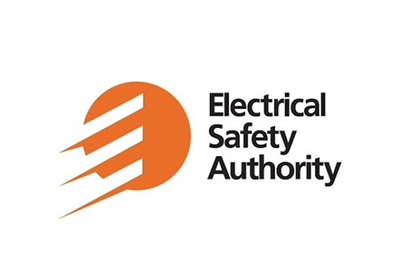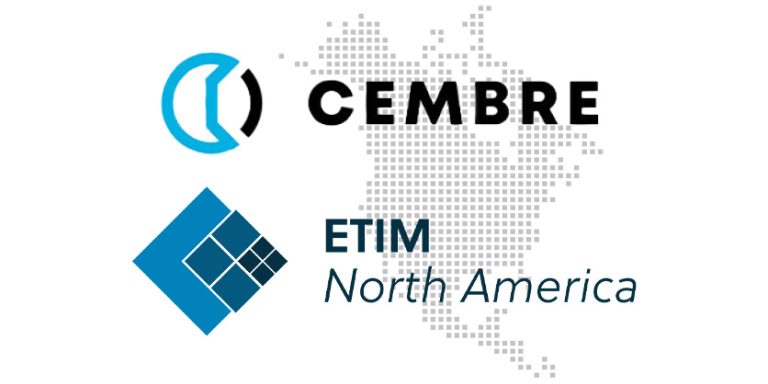CaGBC to Launch a Zero Carbon Building Standard in Spring 2017

November 12, 2016
The Canada Green Building Council (CaGBC) has released a zero carbon buildings framework for assessing highly energy efficient buildings that minimize greenhouse gas emissions.
The framework is the first stage of a broader CaGBC zero carbon buildings initiative to champion the move to lower-carbon commercial, institutional and high-rise residential buildings in support of Canada’s efforts to reduce greenhouse gas emissions by 30% by 2030.
“Our focus on carbon emissions as opposed to energy in this framework flows from the increasing urgency to address climate change by reducing greenhouse gas emissions from buildings,” says Thomas Mueller, CaGBC President and CEO. “By embarking on this important initiative, the CaGBC is providing the market with a state-of -the-art guideline and, soon, the third-party verification and support required to make net zero carbon buildings a reality in the near future.”
Working with Integral Group’s Research and Planning group in Vancouver, the CaGBC consulted with approximately 50 individuals representing 40 organizations in the building sector and conducted a review of nine international net zero building approaches. The resulting CaGBC framework facilitates broad participation across a range of building types and sizes, provides a clear definition for zero carbon buildings, and establishes five key components for the evaluation of building carbon footprints:
- energy intensity metrics to incentivize the design of highly efficient, reliable and resilient buildings
- a peak energy demand metric to encourage the use of “peak shaving” measures
- a requirement that renewable energy be generated on-site or procured directly in order to ensure the addition of clean power generation
- a greenhouse gas intensity metric for assessing a building’s emissions, calculated using regional emissions factors
- an embodied carbon metric to recognize the importance of building material lifecycle impacts
The next phases of the zero carbon Initiative include identifying specific pathways to zero carbon, conducting a zero carbon building pilot program, and developing a verification program to be completed and launched by CaGBC by the end of the second quarter of 2017.
An executive summary is available here: www.cagbc.org/cagbcdocs/NetZero/2016_CaGBC_Zero_Carbon_Framework_Exec_Summary.pdf

















